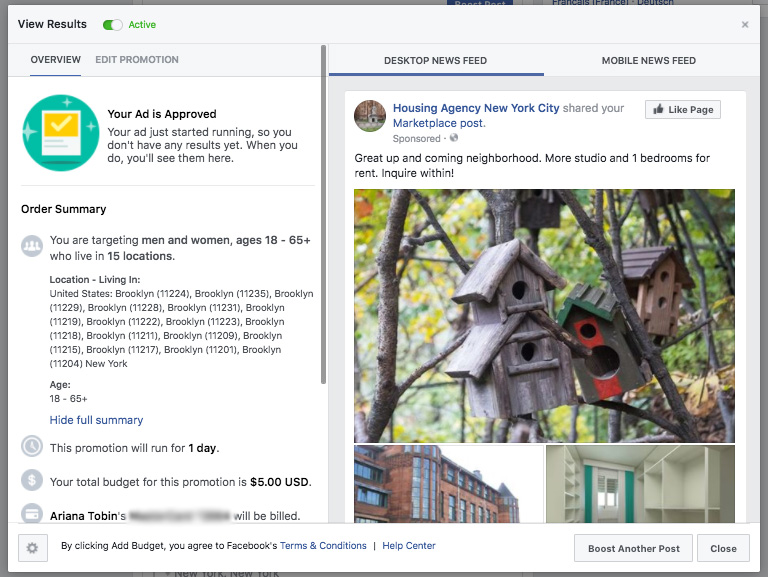A Sociopath is defined as a person with a personality disorder manifesting itself in extreme antisocial attitudes and behavior and a lack of conscience.
How can one tell if they are dealing with a Sociopath?
- Characteristics of a Sociopath
• A sociopath is incapable of feeling guilt, shame, or embarrassment. They also feel no remorse for the damage they do to others.
• Sociopaths don’t demonstrate strong feelings or opinions. Don’t expect them to get outraged or fired up over controversial topics because they simply don’t care.
• Although most sociopaths are narcissists, they do not discuss themselves in great detail. They prefer to turn conversations back to you in order to reveal your weaknesses or trigger points. By remaining silent or closed off about themselves, they do not risk disclosing information to others.
• Typically, a sociopath will pause before answering any questions you may ask them. Most sociopaths are gifted pathological liars who will hesitate before speaking…allowing themselves to carefully choose which lie is most beneficial for them to tell.
• Sociopaths are super manipulative and will not hesitate to use you, whether it be for money or attention. From the moment they meet you, they’ll be silently assessing how useful you might be to them.
• The sociopath has no sense of love or loyalty. While they may be in long-term relationships and superficially appear to be fulfilling the role of a dedicated partner, the sociopath is talented at living a double life without flinching. They’re often habitual cheaters.
• A sociopath is an exquisite liar. They are so talented at lying that should they ever tell the truth, it would appear more suspicious.
• Sociopaths appear to be calm under pressure but in all actuality, they just don’t feel anything. You might wonder how they got so good at public speaking or can emerge from a traumatic situation emotionally unscathed. To the sociopath, they experience all emotions from a distance, and as a result, they never feel anxiety or nerves.
• Sociopaths don’t care about anything. They may appear to care, but underneath the carefully constructed mask, they feel almost nothing. If somebody dies, even one of their own relatives, their apparent lack of emotion may be shocking.
Dating a Sociopath
[ctt template=”1″ link=”d1ect” via=”no” ]So how do all of these traits play into the dating world? Online dating is a perfect place for meeting a sociopath. Here’s the usual process of how a sociopath relationship plays out:[/ctt]
1) Assessment
Online dating for the sociopath is easy pickings. Your dating profile has clearly highlighted your needs, wants and wishes by describing who you are, what you enjoy, and the things that are important to you. Your photos probably depict hobbies, interests, and things that are important to you. Sociopaths can easily rewrite their own profile to match yours, so that they seem like the perfect partner for you. The sociopath can effectively pretend to be anyone they wish to be, especially if it looks like you are offering what they want.
Of course, not all people on dating sites are predators or sociopaths. But, it is the most obvious place to meet one. There is no face to face contact and they can easily seduce you by email, then phone conversations, more personal texts…until you have succumbed to a relationship.
2) Relationship moves quickly
Sociopaths don’t like competition. After a very short period of contact, the sociopath will try to make you exclusive to them, and only them. They will let you know just how ‘special’ you are to them. Next is trying to find another way to contact you, by connecting with you on Facebook or getting your phone number.
Next comes exclusion…they tell you they think they have found the one and have closed their profile on the dating website. Even though you haven’t really got to know each other, yet, he/she seems incredibly interested in you and it feels good. The sociopath wants to ensure that you are theirs and that nobody else will steal you. Unfortunately it’s not because you are special, it’s to take you off the market.
3) Quick intimacy
Once the sociopath has chosen you, they move to the seduction stage. You feel swept off your feet, your head is spinning, and you may even believe that you have made a true soul mate connection.
Now is the time to ask yourself these questions:
- Is this moving too fast?
- Am I ready to give out my phone number or meet up?
- Does he seem to have so much in common with you?
- Is his profile almost a mirror image of your own?
- Does it feel like you have known him for a lifetime?
- Is he exactly what you have listed in your profile, a perfect match for you?
- Does he try to stay over at yours when you meet?
While these things could be an indication of a genuine love connection, they could also be a bigger indicator of a sociopath. So tread cautiously and keep yourself safe online. Keep all correspondence online and do not move to other social networking pages or anywhere that gives further information about you, before you are ready. Otherwise, you could find yourself thinking you have fallen in love with someone before you have even met.
Read Our Other Posts:
- Social Media Search vs. Social Media Investigation: What’s the Difference?
- Gang Activity and Group Affiliations Identified Through Social Media Posts
- Why Slang Matters in Social Media Investigations
- Micro-Blogging Madness: Surviving the Post-Twitter Apocalypse
- Be Real: The Authentic Photo-Sharing App Changing Social Media






